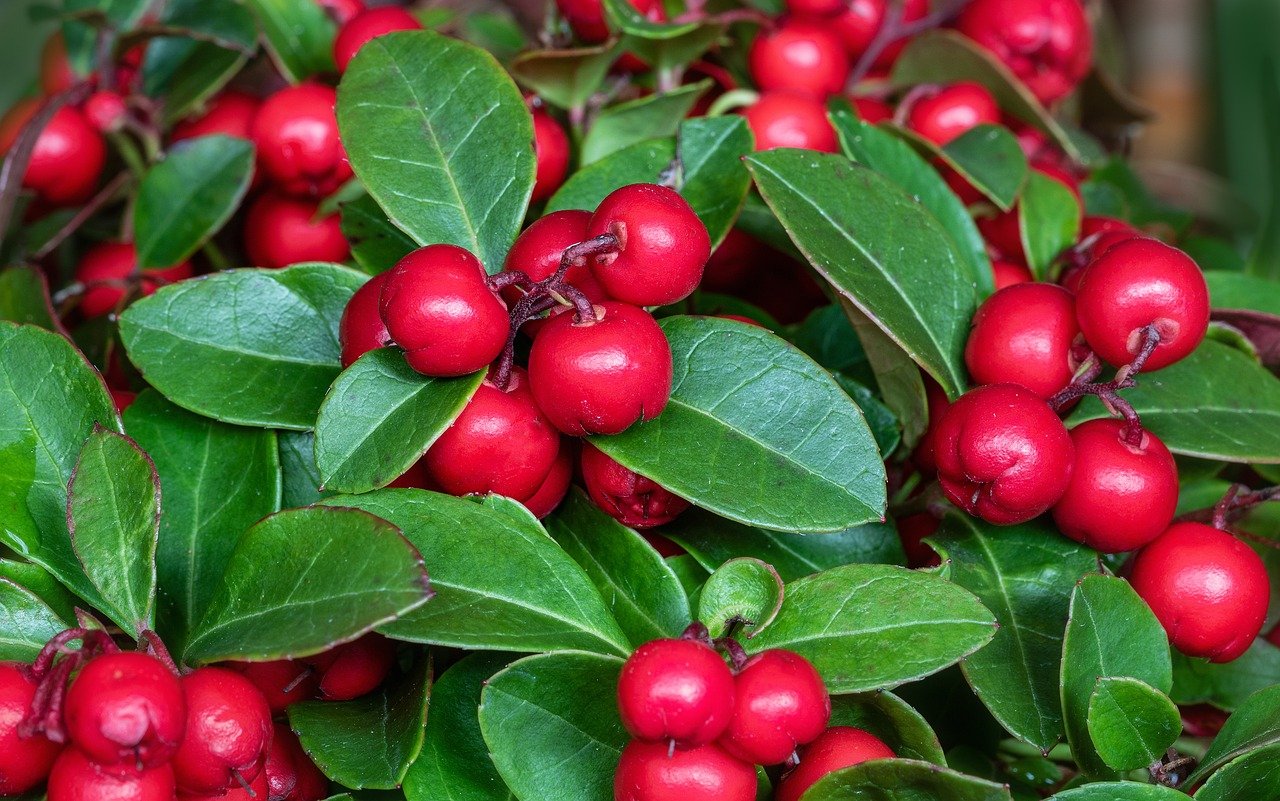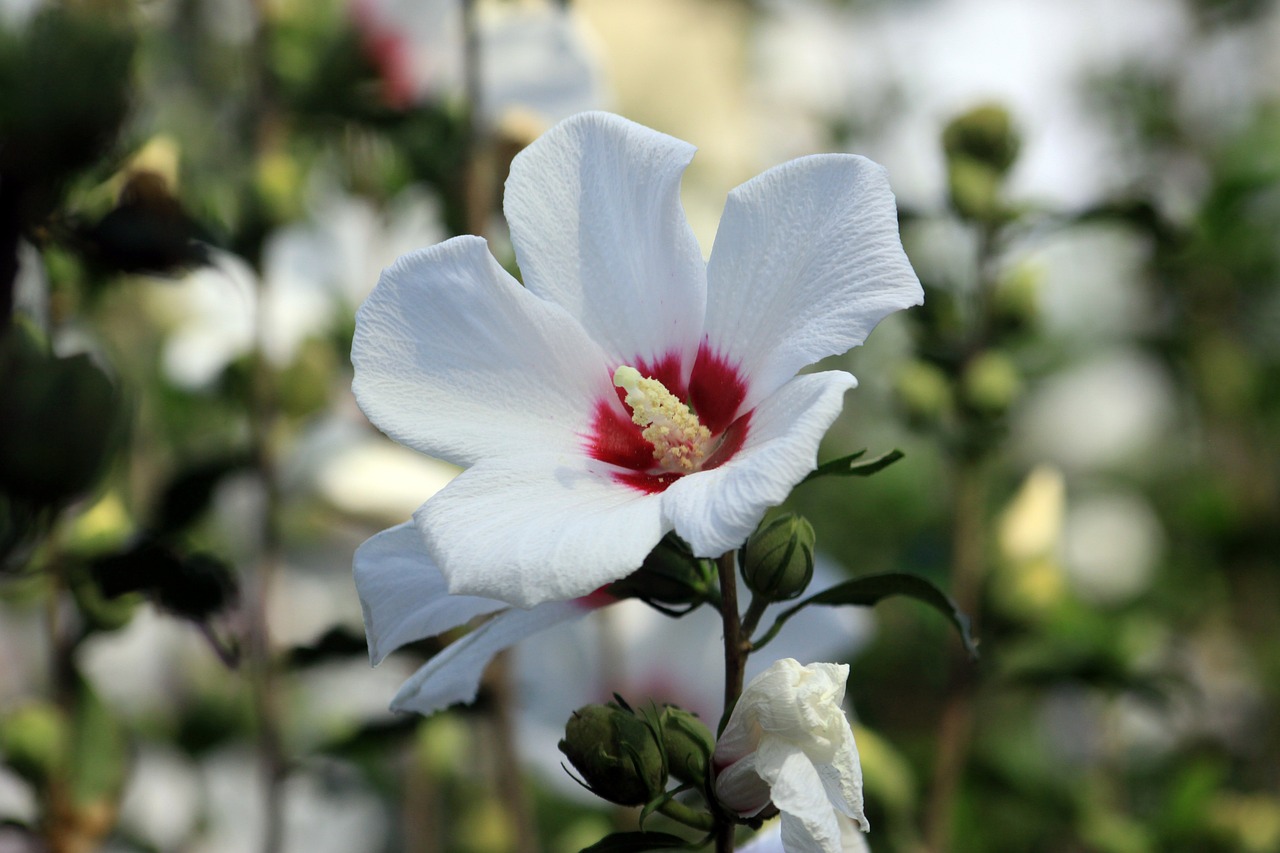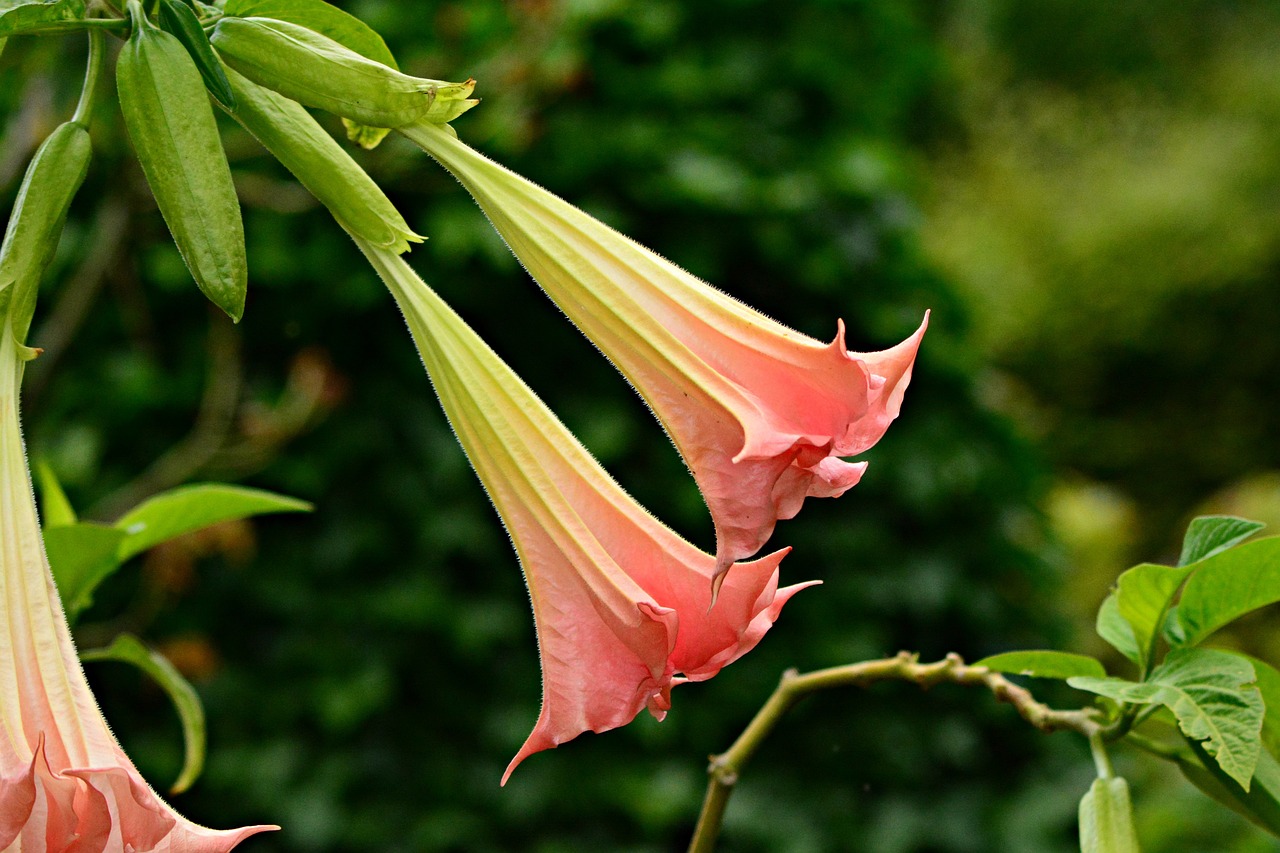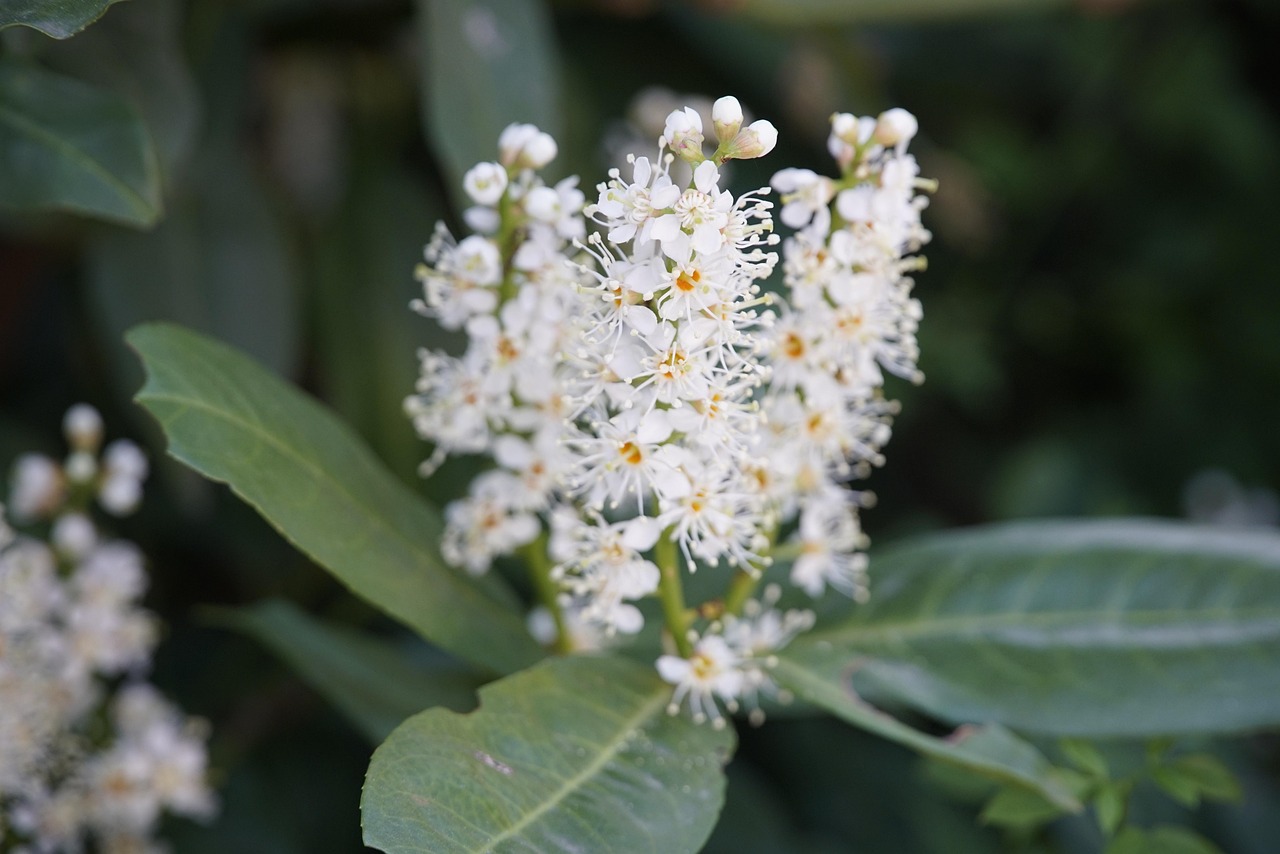Kodemari | A Poetic White Flower that Adorns Early Summer in Japan
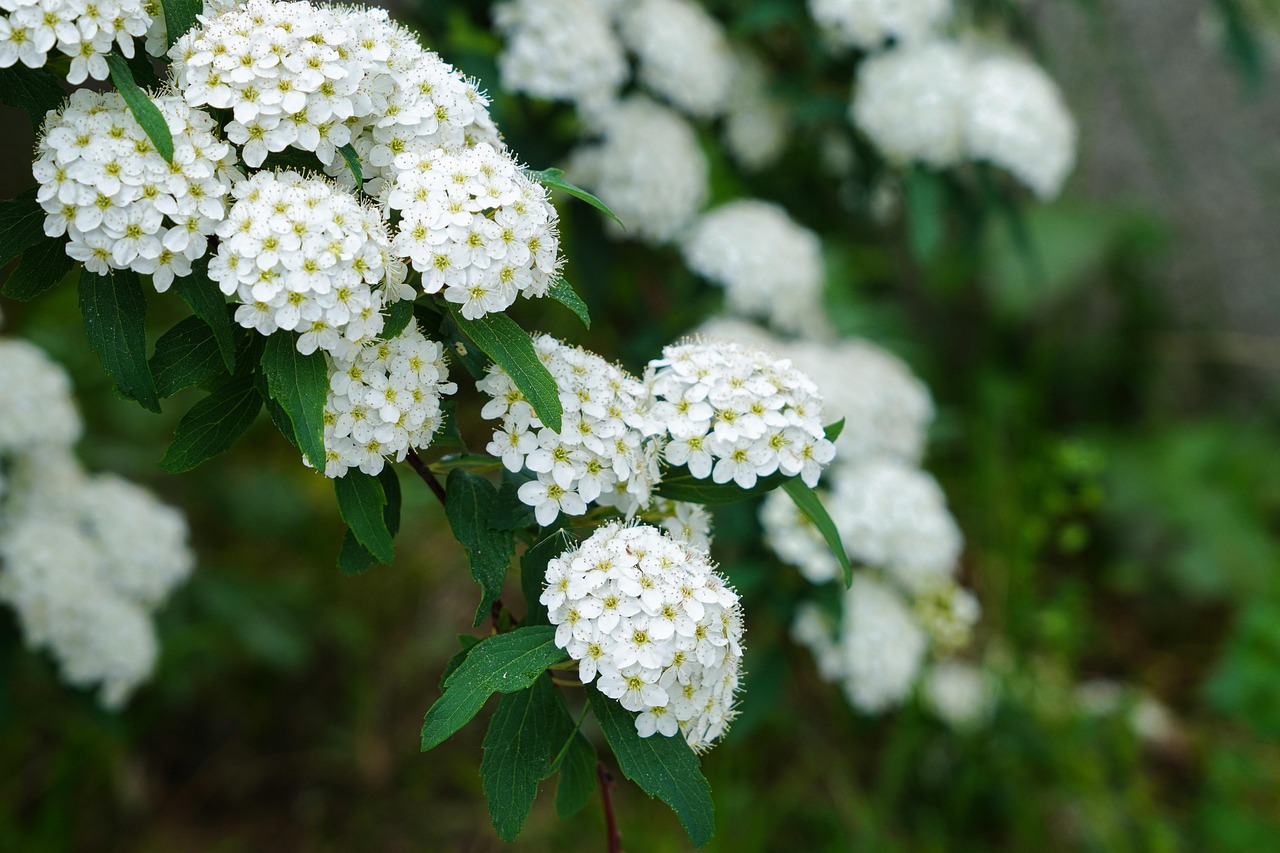
I introduce Kodemari, a deciduous shrub distinguished by its clusters of small white blossoms that resemble hand-sized bouquets. From spring to early summer, its arching branches are covered with delicate flowers, creating an elegant and refined atmosphere.
In this article, I explain the essential information, cultural background, history, and cultivation tips for Kodemari.
Basic Information
- Scientific name: Spiraea cantoniensis
- Family: Rosaceae
- Origin: East Asia, including China and Japan
- Appearance: Slender arching branches bear countless small white flowers, each about 1 cm in diameter. Their rounded form gives a charming impression.
- Blooming season: April to June, when the branches appear entirely covered in white blossoms.
Cultural Significance Around the World
Kodemari has been planted in gardens and parks in Japan and China since ancient times for its graceful form.
In Japan, it has been appreciated as a tree suitable for tea gardens and traditional landscapes, where its swaying branches add a poetic touch.
In China, it is also known as “Little Handball” (Xiao Shouqiu) and symbolizes happiness and family harmony. Its circular flower clusters are thought to represent the spirit of “harmony,” and it is often used in home gardens and temple decorations.
In the West, it became known as “Reeved Spirea” after being introduced to Europe in the 18th century. In England, its arching form was highly valued in garden design, especially in border gardens and natural-style landscapes.
Historical Background
Originally from China, Kodemari was introduced to Japan long ago. By the Edo period, it was widely cultivated as a garden tree, with records showing its presence in gardens in Kyoto and Edo.
In the world of tea ceremony, it was considered a representative tree for tea gardens, valued for its seasonal elegance in spring.
By the 19th century, it was introduced to Europe and cultivated in botanical gardens in England and France. Horticulturists admired its distinctive silhouette and pure white flowers, and it soon found a place in Western gardens as well.
Gardening Advice
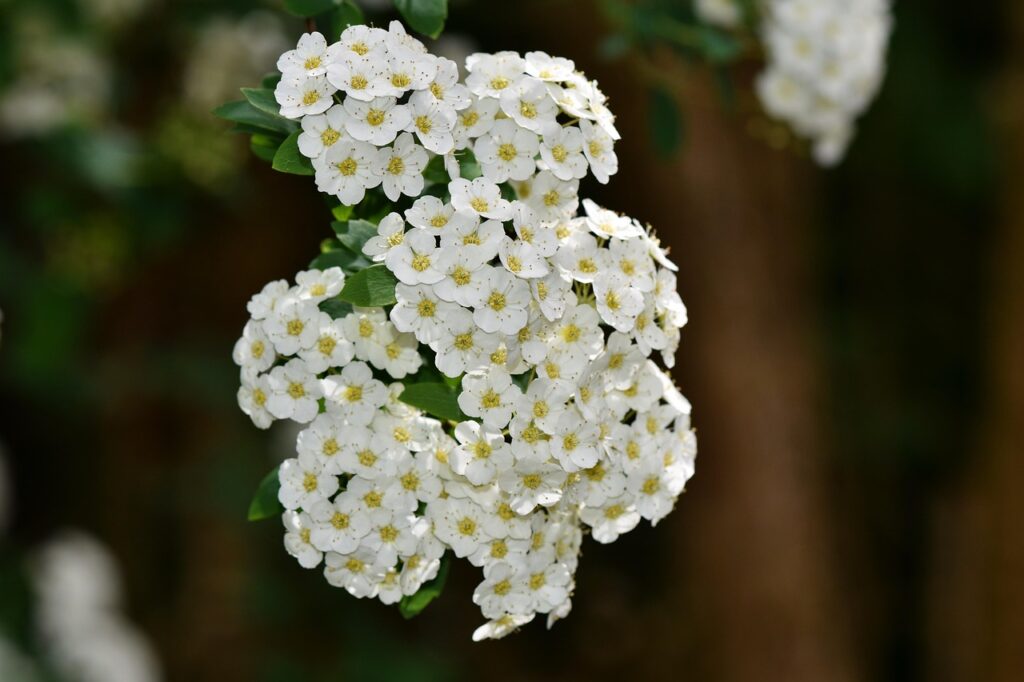
Kodemari is relatively easy to grow, but proper care ensures its abundant blossoms.
Sunlight
Prefers full sun but tolerates partial shade. Adequate sunlight improves flowering.
Watering
Water when the soil surface dries until roots establish. Once established, rainfall is usually sufficient, but water during prolonged dry periods.
Soil
Requires well-drained soil. Mixing compost or leaf mold improves growth.
Fertilizer
Apply slow-release fertilizer after flowering or during dormancy to encourage next year’s blooms.
Pruning
Prune after flowering to encourage bud formation. Remove unnecessary or old branches for better air circulation.
Cold tolerance
Hardy enough for most regions of Japan. In colder areas, plant in a sheltered spot to avoid harsh winter winds.
Conclusion
Kodemari is a deciduous shrub that produces cascades of white blossoms from spring to early summer.
It has long been cherished in Japanese and Chinese gardens, particularly in tea gardens and temple landscapes. Since the 18th century, it has also been appreciated in European gardens, especially in England and France, for its graceful beauty.
When cultivating, providing sufficient sunlight, well-drained soil, and appropriate pruning will help maintain its elegant shape and ensure beautiful blooms.

